Dungeons and Dragons What is an Easy Encopunter
Anything can happen in a Dungeons & Dragons session. As there's sometimes no telling what players will do, it's important for the Dungeon Master to make sure they've sufficiently prepared. While having encounters prepared is very important, DMs can't know which encounters will actually end up happening.
To find order in all the chaos, DMs can benefit from using random encounter tables. These tables work by giving randomness to the DM's decisions as well as giving a variety of encounters that are applicable to many different settings and situations. Encounter tables can be found in 5th Edition books such as Xanathar's Guide to Everything and Dungeon Master's Guide. These can be an excellent baseline for someone looking to use random encounters to fill time for traveling parties. However, random encounters for a specific campaign setting can be even more useful, but they take a little more work.
Narrow Down Creature Types for D&D Encounters
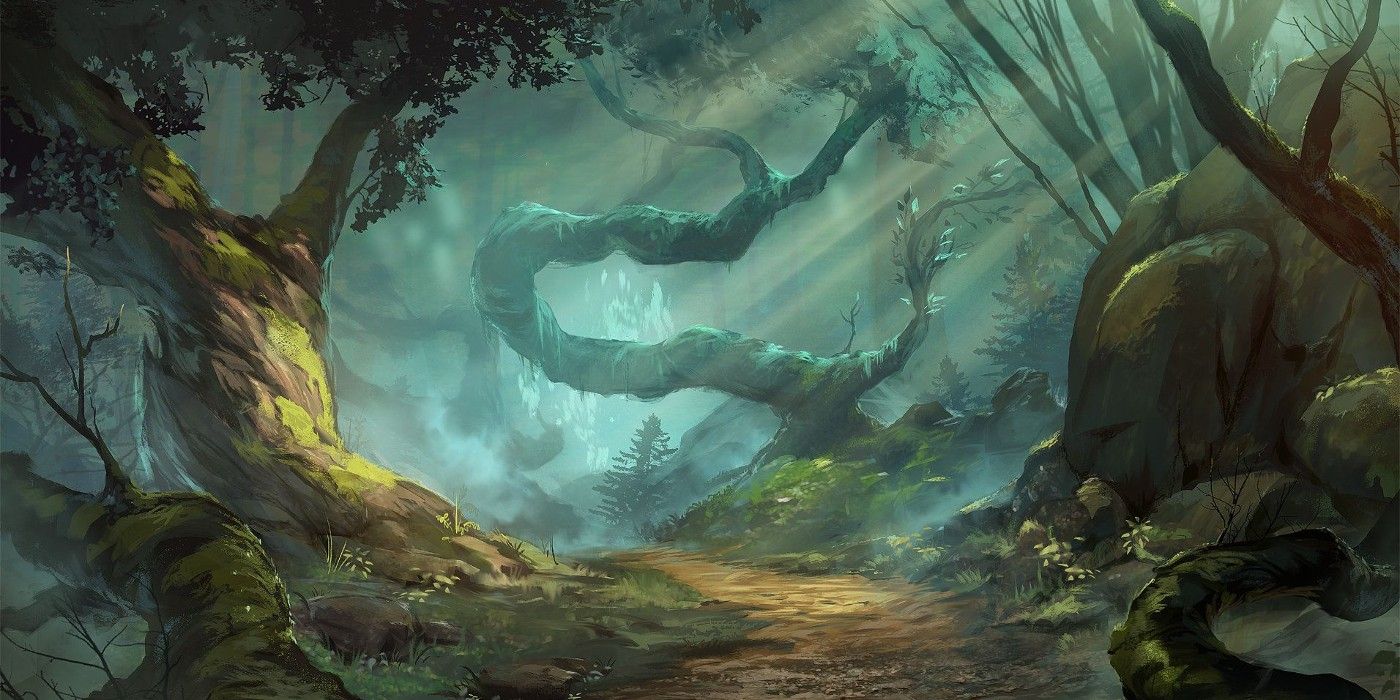
To build encounter tables in a particular setting, start with understanding information about the world at large and the area in which the campaign is currently set. This will help narrow down what types of creatures to put into encounter tables. Perhaps the world is sealed from other planes, meaning that Fiends, Fey, or Celestials are not options for the table, no matter where the players find themselves in the world. Encounter tables are also great to build for specific regions and biomes. If the party is currently trekking through a snowy wasteland, they will encounter vastly different creatures than if they were walking through a village in the middle of a swamp.
Encounter tables also need to include events that have happened or will happen in the campaign. If the world is in danger of being invaded by Demons from the Abyss, the encounter tables for different regions may need a few Demon encounters mixed in with the typical fauna of the area.
Build a Variety of D&D Encounters
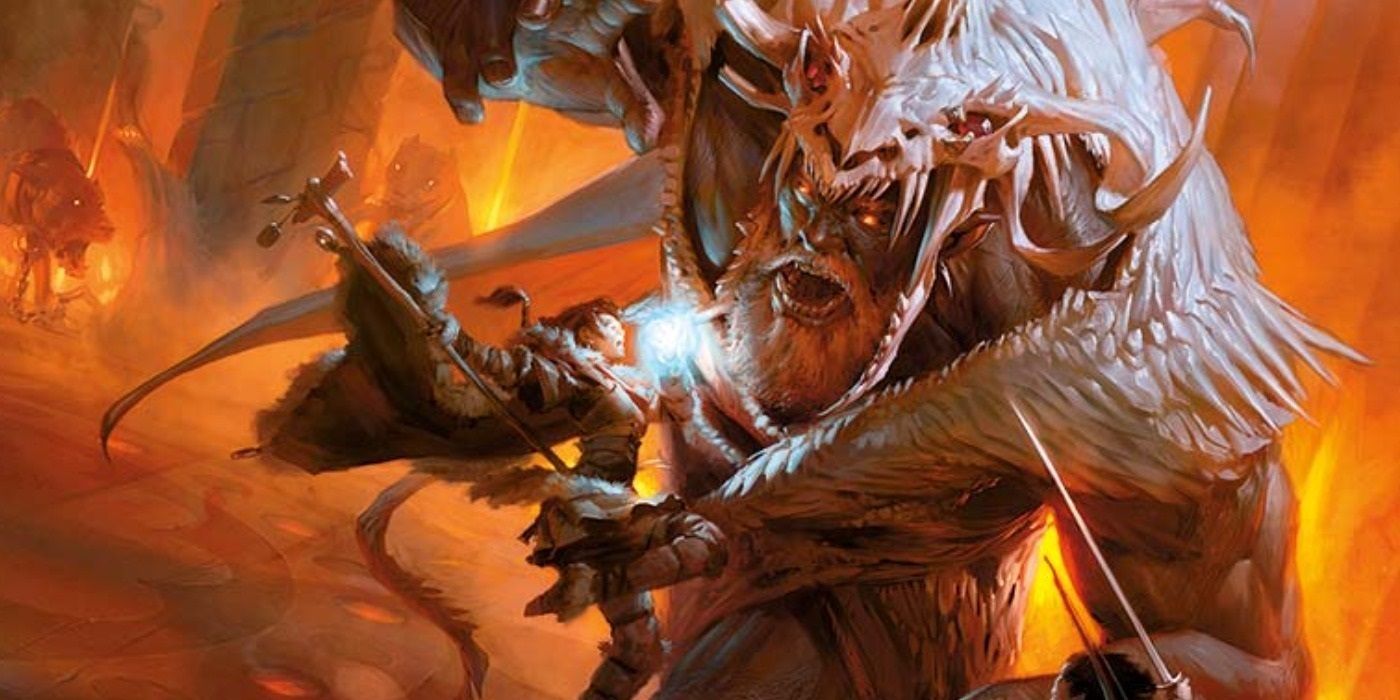
Once the types of creatures are known, DMs can easily pick from the list of those types and create encounters. This, however, can be somewhat dull and lead to tables with single-note encounters. To add some depth to the story, consider the goals of each encounter. This can still be as simple as a random attack from hungry animals, or as complex as an important plot progression with the BBEG's minions.
Keeping a random set of a variety of encounters will help make the game fresh and interesting and keep the party on their toes. The change in pace from one encounter to another will also engage the players in different ways. A fey creature playing a trick on the party will provoke different abilities and strategies than a mercenary sent to kill a party member. Don't be afraid to have a few encounters on each table that don't require combat.
Give Random D&D Encounters More Details
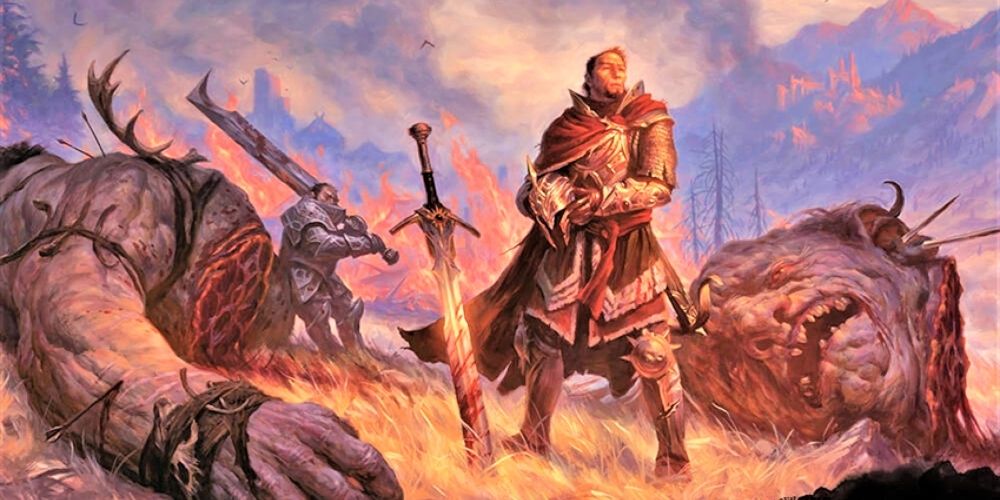
To continue adding depth to encounters, give each one more details. Who are these creatures or people in relation to the broader world? Where are they coming from, and what were they doing before interacting with the party? This will help if the players deem that the situation doesn't call for combat and instead ask the enemy questions about what they want. Preparing some depth for the role-playing encounter can make impromptu conversations easier to navigate.
All of this preparation with encounter tables can seem like a lot, especially since most of them won't even happen, and it can feel pointless to come up with details that the party will never see. However, these encounters and their details can always be transferred to other tables. Some can be the exact same, while others may just need different creature types. A key tip for DMs is that if the party hasn't seen the details, feel free to reuse them elsewhere.
Balance Random D&D Encounters for the Party
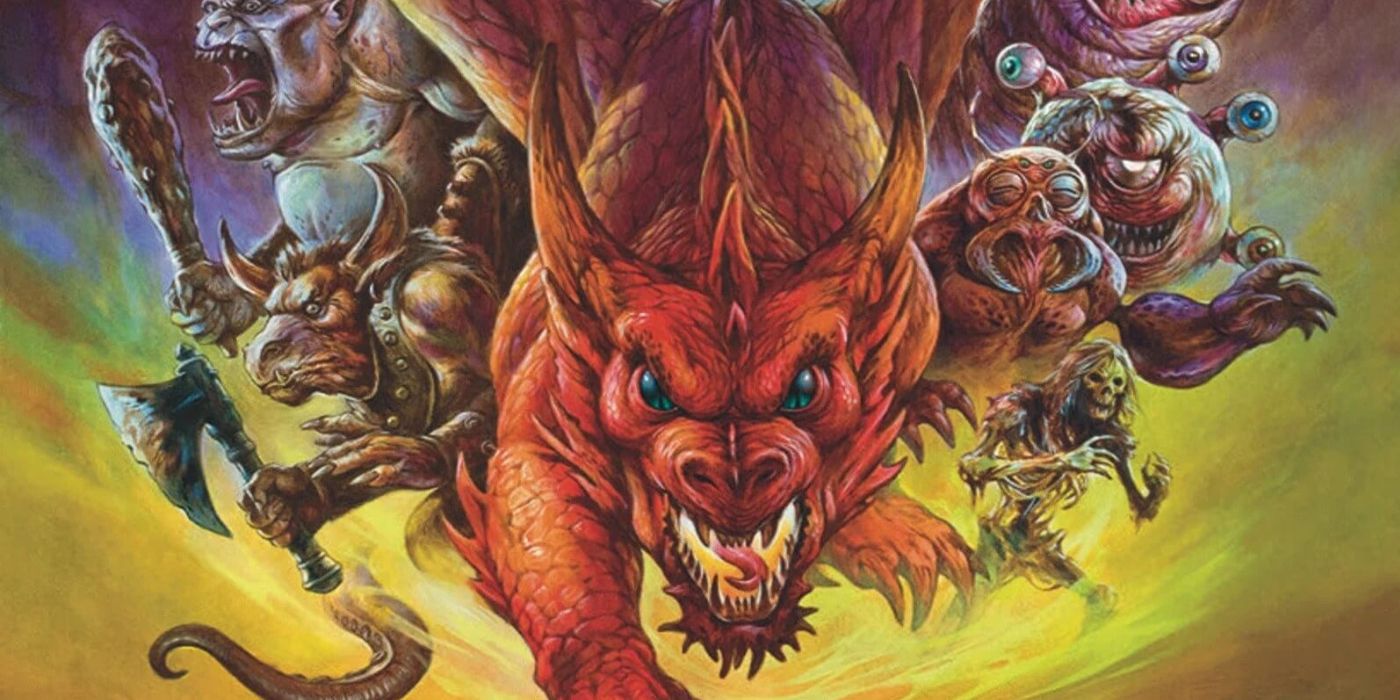
An important and sometimes tedious part of creating encounter tables is making sure that all the encounters are balanced. Balancing encounters can be done using intuition, the guides in DMG, or even various online tools. When creating encounter tables, be sure to take the party's level into consideration. Some 5th Edition books come with many pages of random encounters for different tiers of play. Categorizing encounters into different tables for specific tiers can be helpful to prepare for when the party levels up.
DMs can also categorize encounter tables by their relative difficulty based on where the party is currently. Many DMs use different encounter tables based on decisions and rolls from the players. For example, if a party is traveling and rolls a poor survival check, the DM might use a more difficult random encounter as a result of the party's poor navigational skills.
Work Random Encounters into the Campaign Plot
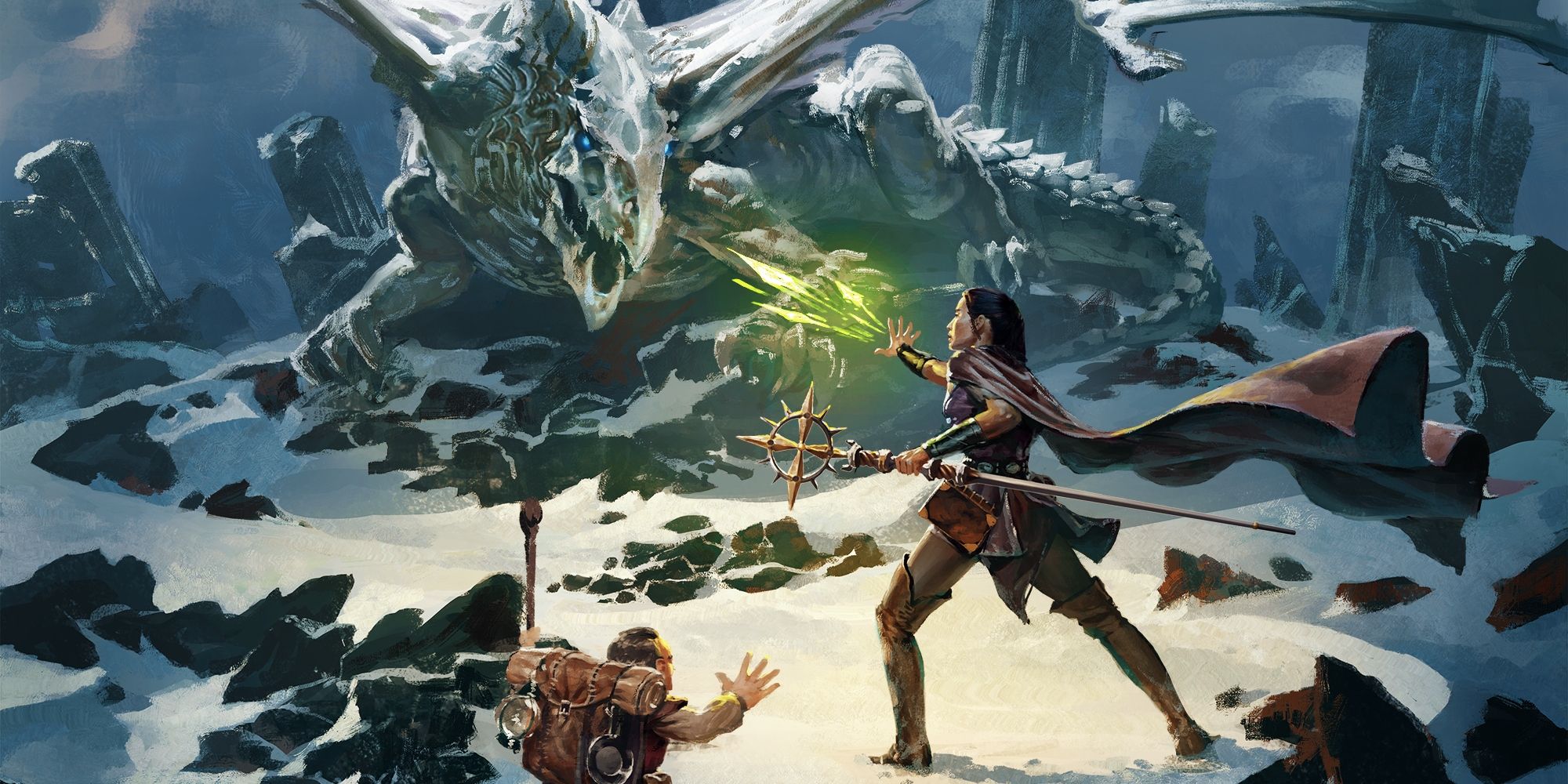
Once a random encounter is complete, try working the result into the plot of the campaign. While some encounters are just purely dangerous and don't play a large role, others can foreshadow something else coming or be referenced later. These can be great ways to spur creative world-building. Perhaps the party is randomly beset by Demons from the Abyss. This could foreshadow further incursions by more Demons in the area, signaling a larger invasion. To use them for future world-building, take notes of which encounters have happened and where.
Source: https://www.cbr.com/dnd-5e-random-encounter-tables/
0 Response to "Dungeons and Dragons What is an Easy Encopunter"
Post a Comment